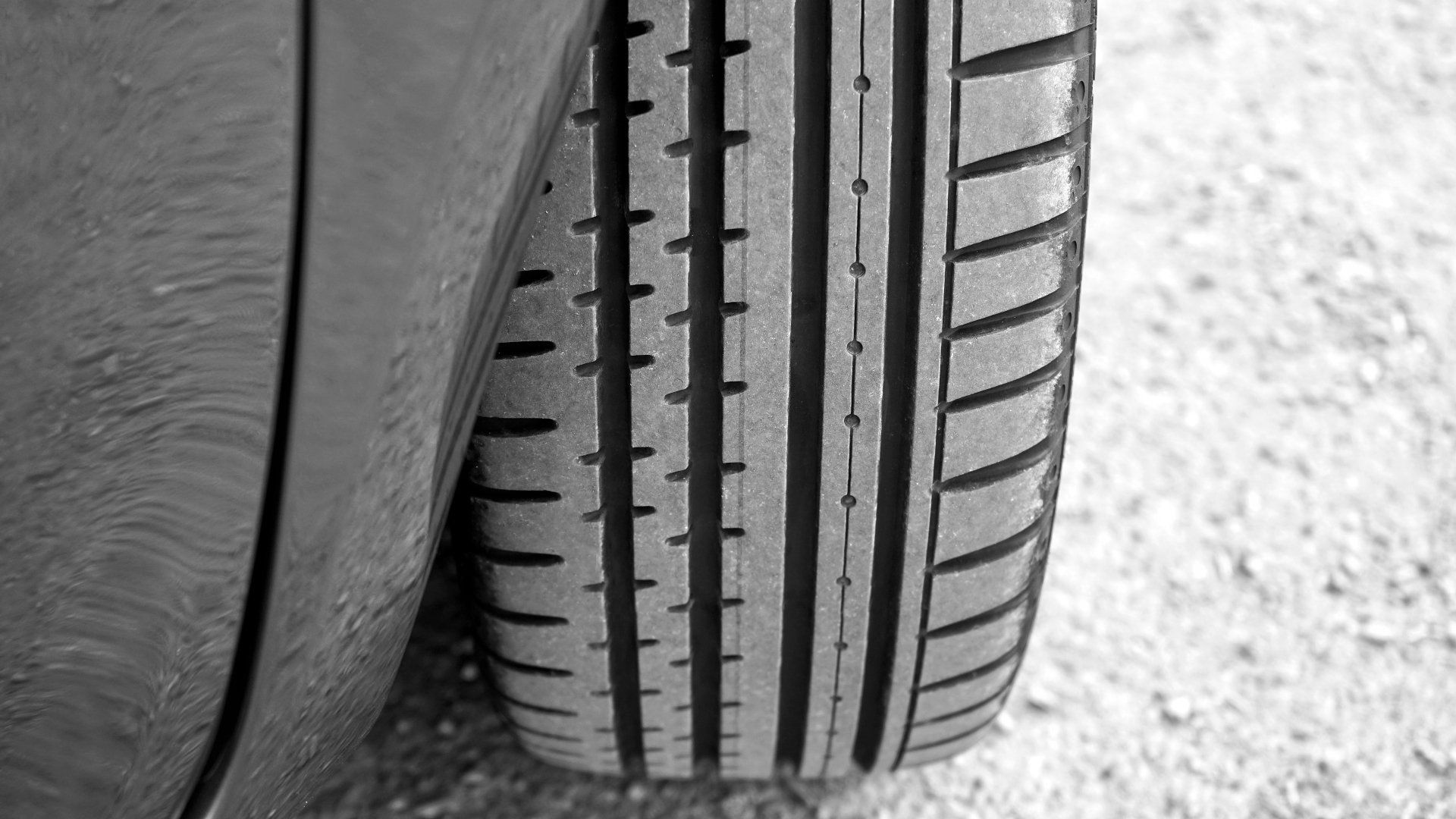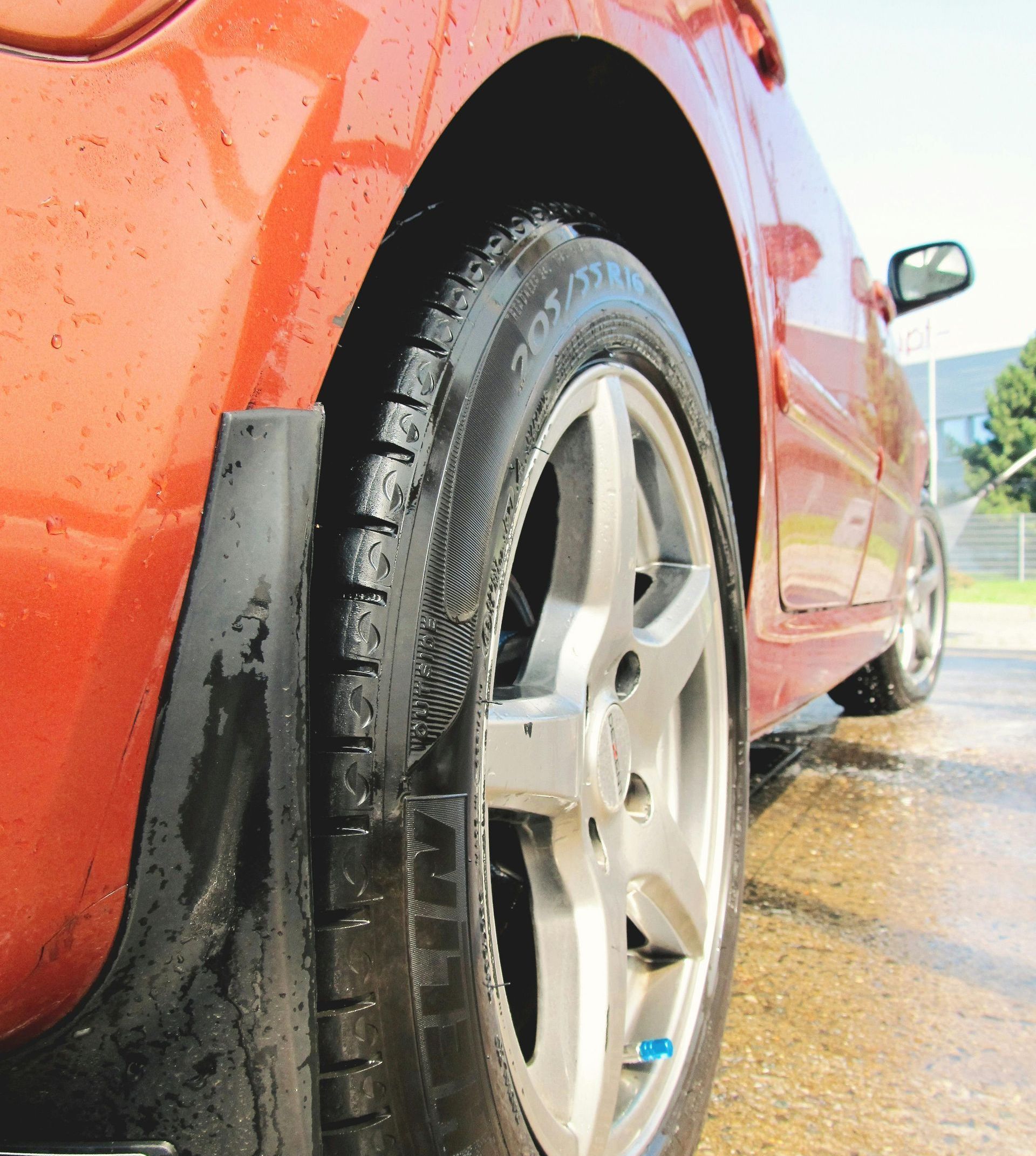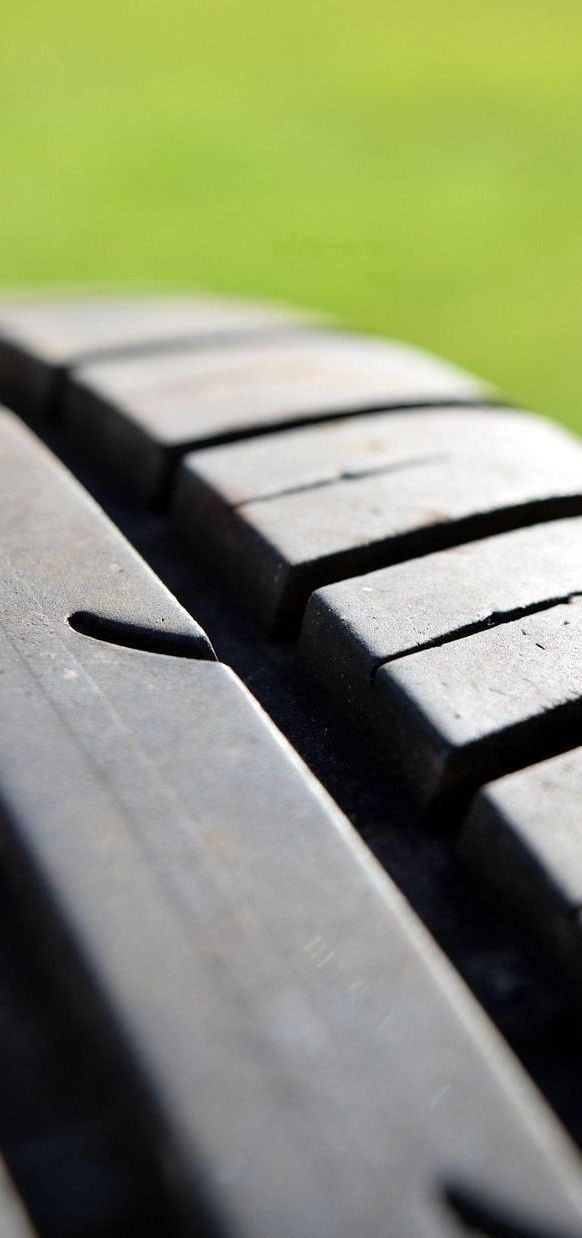What Makes a Tire Roadworthy? Your Pre-Road Trip Checklist
Is Your Car Ready for the Road?
Whether you are heading out of Boston for a beach weekend or taking the long way through New England’s scenic highways, your tires are the first thing standing between your vehicle and the road. Worn or damaged tires can quickly turn a summer getaway into an expensive or dangerous situation. The good news is that a quick inspection before you leave can help you avoid most problems.
Here is a reliable, no-nonsense checklist to determine if your tires are truly roadworthy before you head out on your next trip.

1. Tread Depth: Don’t Skimp on Traction
Tread is what gives your tires grip, especially on wet roads. If your tread is too shallow, your risk of hydroplaning increases, and your stopping distance can grow dramatically.
How to check:
- Use a tread depth gauge or a penny. Insert the penny into the tread with Lincoln’s head down. If you can see the top of his head, the tread is too low (less than 2/32”).
- If your tires are getting close to the minimum legal depth,
it is time to replace them—especially before a long trip.

2. Check for Uneven Wear
Uneven tire wear is often a sign of alignment issues, suspension problems, or inconsistent tire pressure. If left unaddressed, it can shorten the life of your tires and lead to blowouts or poor handling.
What to look for:
- More wear on one edge of the tire
- Bald spots or feathering across the tread
- Cupping (dips) on the tire surface
If you notice any of these patterns, stop by Raymond’s Tire Service for an inspection before your trip.
3. Tire Pressure: One of the Most Overlooked Safety Issues
Proper tire pressure is critical not just for fuel efficiency, but for safe handling and even braking. Both overinflated and underinflated tires can cause problems.
Before your trip:
- Check the pressure when the tires are cold (before driving).
- Use a high-quality pressure gauge, not just the one at the gas station.
- Inflate according to the manufacturer’s specs found in your driver’s side door frame (not the number on the tire sidewall).
We offer quick tire pressure checks at Raymond’s Tire Service and our mobile units can help in a pinch.
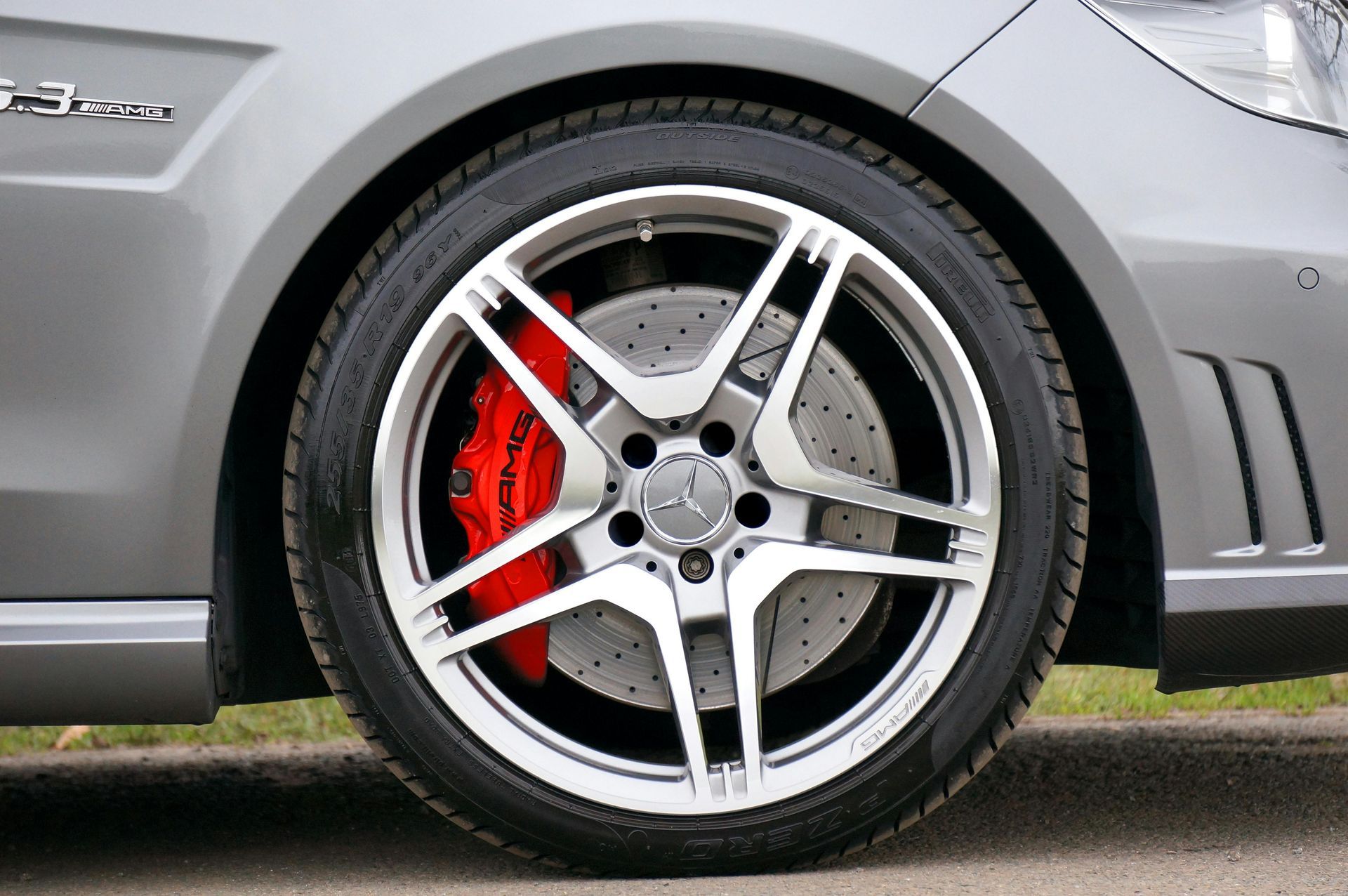
4. Watch for Cracks, Bulges, and Dry Rot
Summer heat can make existing tire damage worse. Over time, rubber naturally degrades, especially in city driving where tires experience frequent stopping, curb contact, and temperature swings.
Red flags include:
- Sidewall cracks (a sign of aging rubber)
- Bulges (a sign of internal separation)
- Dry rot or exposed cords
If you spot any of these, the tire should be replaced immediately.
5. Consider the Age of Your Tires
Even if your tread is acceptable, old tires can still fail due to structural breakdown. Most manufacturers recommend replacing tires that are over six years old, regardless of use.
How to check tire age:
Look for the
DOT number on the sidewall. The last four digits represent the week and year the tire was manufactured. For example, “2319” means the 23rd week of 2019.
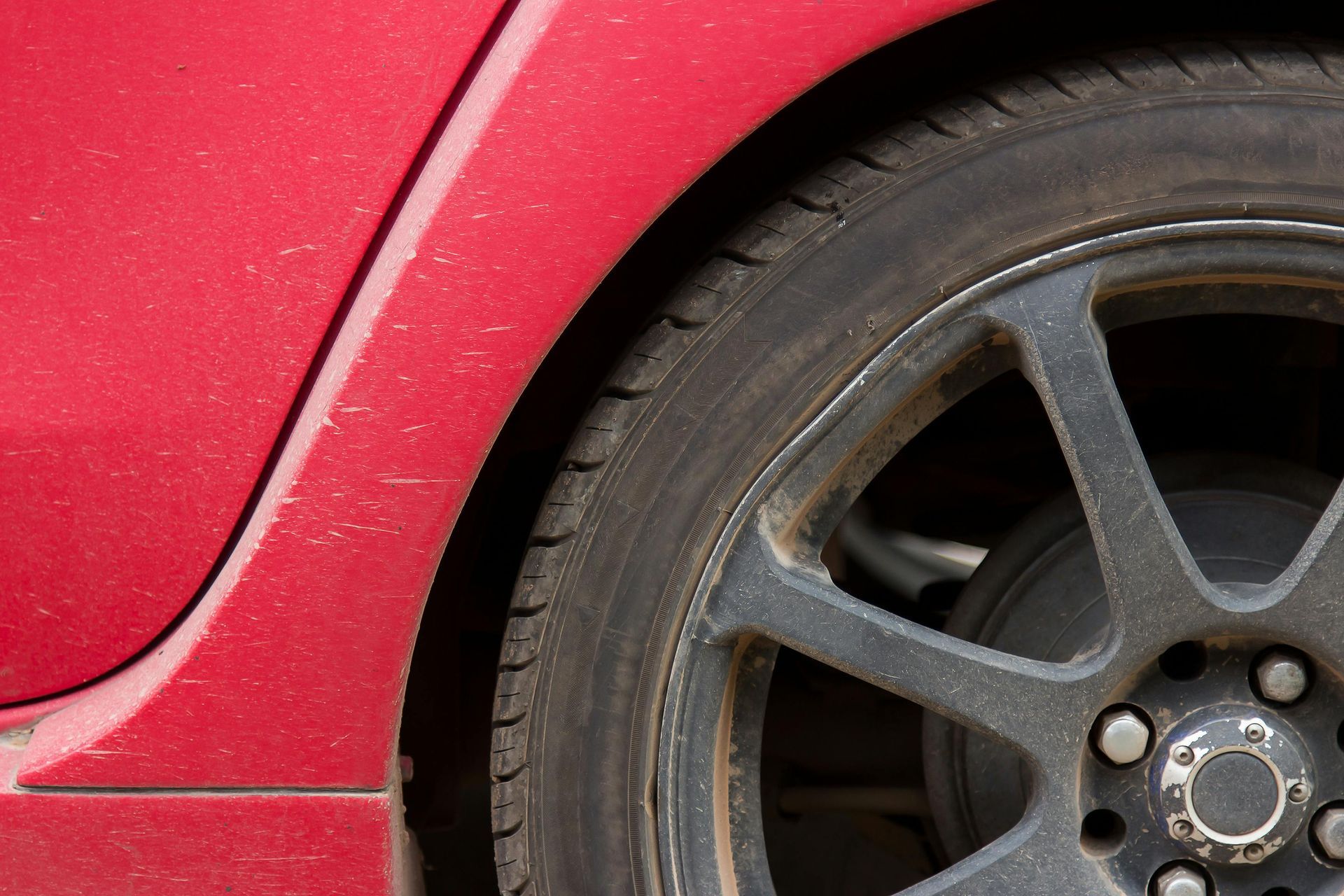
6. Don’t Forget Your Spare
Your spare tire is your insurance policy, yet many drivers never check it until it is needed.
Before hitting the road:
- Make sure the spare is inflated to the correct pressure.
- Check the tread and sidewalls for any visible damage.
- Confirm that your jack and tools are present and functional.
Need Help? We’re Just a Call Away
At Raymond’s Tire Service, we know how much is riding on your tires. Whether you visit our Boston shop or take advantage of our mobile tire service, we can perform full safety checks, install replacements, and make sure your vehicle is ready for the road.
Do not wait until you are stuck on the shoulder halfway to the Cape. Let us take a look before you go.
Contact us today to schedule a pre-trip tire check. Safe travels start here.





